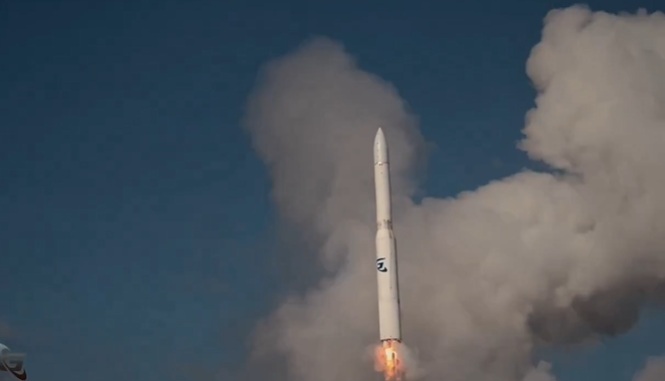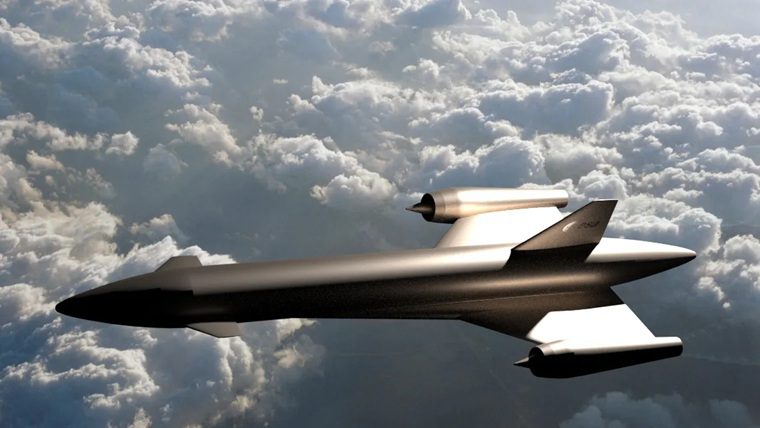On 30 September 2016, at 1119 GMT the European Space Operations Centre (ESOC), Darmstadt, announced that the Rosseta probe had completed its de-orbit manoeuvre to land/crash on to the surface of the comet 67P/Churyumov-Gerasimenko, sending its last telemetry packet at 1039:28 GMT.
The Rosetta mission, consisting of the Rosetta probe accompanied by the Philae lander, was launched from the European Space Centre in Kourou, French Guiana in 2004 and was the first mission in history to successfully deploy a lander onto the surface, and travel with, a comet as it orbited the Sun.
The mission as a whole has yielded large amounts of data for the scientific community and the descent of the Rosetta probe is no different. Whilst on its way down to the surface the probe was able to measure and send back data about the comet’s surface environment as well as increasingly more detailed images of the rocky surface. It was noted by the team that during the descent the probes ROSINA instrument recorded significant increases in gas pressure around the comet.







